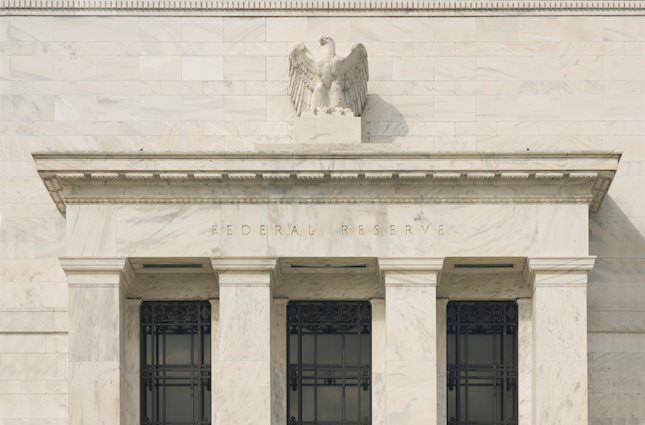US Dollar holds gains after FOMC minutes
- The Federal Reserve’s hawkish monetary stance contributes to rising Treasury yields, reinforcing the US Dollar’s current strength.
- Rumors of a potential national economic emergency declaration bolster safe-haven demand and support the Greenback’s appeal.
- Encouraging labor market figures, including lower jobless claims and steady employment gains, further amplify bullish sentiment.
- FOMC minutes revealed that most members supported December's cuts but held a hawkish tone.
The US Dollar Index (DXY), which measures the value of the USD against a basket of currencies, gained towards 109.00 on Wednesday, mainly due to strong labor market figures. The Federal Reserve’s (Fed) hawkish shift still supports elevated United States (US) bond yields, favoring the USD bulls. Meanwhile, geopolitical risks and trade war concerns help maintain safe-haven flows, capping any Greenback’s pullback.
Daily digest market movers: US Dollar sees gains as markets assess fresh labor data and FOMC minutes
- US upcoming President Donald Trump may declare a national economic emergency to enact large-scale tariffs, spurring safe-haven bids for the US Dollar.
- Long-term US bond yields continue climbing on heavy supply; the 10-year hovers near 4.70%, while the 30-year approaches 4.93%.
- The Federal Open Market Committee (FOMC) minutes from the December's meeting revealed that most participants supported a 25 basis point cut but remain cautious, factoring in potential trade and immigration policy changes that could prolong elevated inflation.
- Labor data shine: Weekly initial jobless claims fell to 201,000, beating the 218,000 consensus. Private sector employment rose by 122,000 in December, though below market expectations.
- Automatic Data Processing (ADP) notes a slowdown in hiring and pay gains, but health care leads job creation in the second half of 2024.
- Reports of strong US economic outperformance continue, delaying the market’s Fed cut expectations.
DXY technical outlook: Indicators maintain momentum above key support
The US Dollar Index defended its 20-day Simple Moving Average, confirming underlying bullish momentum. Technical indicators show continued upward traction, yet they are not near overbought territory, suggesting room for additional gains. Any dips may be shallow, with buyers emerging on safe-haven flows and robust yield appeal. Unless a significant shift in sentiment occurs, the DXY looks poised to sustain its constructive bias in the sessions ahead.
Employment FAQs
Labor market conditions are a key element in assessing the health of an economy and thus a key driver for currency valuation. High employment, or low unemployment, has positive implications for consumer spending and economic growth, boosting the value of the local currency. Moreover, a very tight labor market – a situation in which there is a shortage of workers to fill open positions – can also have implications on inflation levels because low labor supply and high demand leads to higher wages.
The pace at which salaries are growing in an economy is key for policymakers. High wage growth means that households have more money to spend, usually leading to price increases in consumer goods. In contrast to more volatile sources of inflation such as energy prices, wage growth is seen as a key component of underlying and persisting inflation as salary increases are unlikely to be undone. Central banks around the world pay close attention to wage growth data when deciding on monetary policy.
The weight that each central bank assigns to labor market conditions depends on its objectives. Some central banks explicitly have mandates related to the labor market beyond controlling inflation levels. The US Federal Reserve (Fed), for example, has the dual mandate of promoting maximum employment and stable prices. Meanwhile, the European Central Bank’s (ECB) sole mandate is to keep inflation under control. Still, and despite whatever mandates they have, labor market conditions are an important factor for policymakers given their significance as a gauge of the health of the economy and their direct relationship to inflation.
Forex News
Keep up with the financial markets, know what's happening and what is affecting the markets with our latest market updates. Analyze market movers, trends and build your trading strategies accordingly.


















